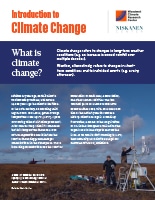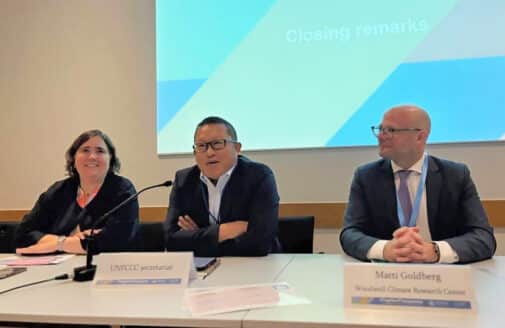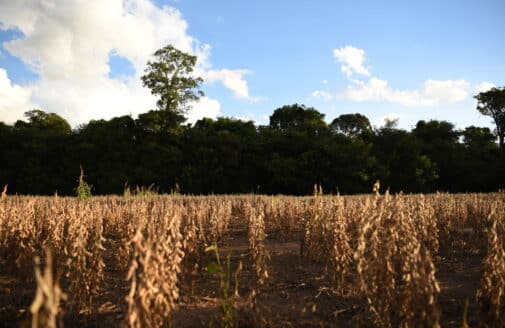Introduction to Climate Change

What is Climate Change?
Climate change refers to changes in long-term weather conditions (e.g. an increase in annual rainfall over multiple decades).
Weather, alternatively, refers to changes in short-term conditions and to individual events (e.g. a rainy afternoon).
Millions of years ago, Earth’s climate was incredibly variable, but around 12,000 years ago the climate stabilized. In the 20th century, an alarming shift began. From 1901–2016, global average temperatures rose by 1°C (1.8°F), a pace of warming without historical precedent. After careful study, scientists concluded that this temperature increase has no natural explanation and is instead the result of increasing greenhouse gas concentrations in the atmosphere. Those increasing concentrations are the result of combustion of fossil fuels, deforestation, and other human activities. The ten warmest years on human record have occurred since 2005, with 2016 and 2020 tied as the hottest years in recorded history. Climate change is essentially irreversible, because of the long lifetime of CO2 in the atmosphere. This drives the urgent need to take steps to address the issue. If we want to limit warming to 1.5°C, then humanity has a limited budget for allowable future CO2 emissions.
Risks of Climate Change
The physical effects of climate change (such as temperature increases and sea level rise) will increase the frequency and severity of weather hazards. Those changes can lead to more frequent or damaging events including, but not limited to, flooding, heat, and wildfire. These physical impacts will have socioeconomic consequences for public health and infrastructure. Physical changes due to climate change are already evident and will only worsen under anticipated warming.
FLOODING
For every 1°C increase in air temperature, air can hold 7% more moisture. As a result, precipitation is becoming more intense in a warming world. Last September, Washington, D.C. experienced record-breaking rainfall that led to historic flooding. With continued sea level rise, storm surges and coastal flooding will also become more extreme.
HEAT
Eight of the top ten warmest years on record for the contiguous 48 states have occurred since 1998, and 2012 and 2015 were the two warmest years on record. The warming trend is expected to continue with record- setting temperatures becoming more common in the coming decades. Heat waves have increased in intensity and will continue to, leading to greater premature deaths, especially in regions where air conditioning is not common.
WILDFIRES
Climate change is driving an increase in wildfire frequency and severity in some regions, due to warmer temperatures and drier conditions. The record-breaking fires in the western U.S. in 2020 is one example. In California alone, more than 4.1 million acres have burned. This magnitude of burning led to the first use of a “gigafire” classification. From 1984–2011, seven out of ten western U.S. states have seen a significant increase in large fire events.
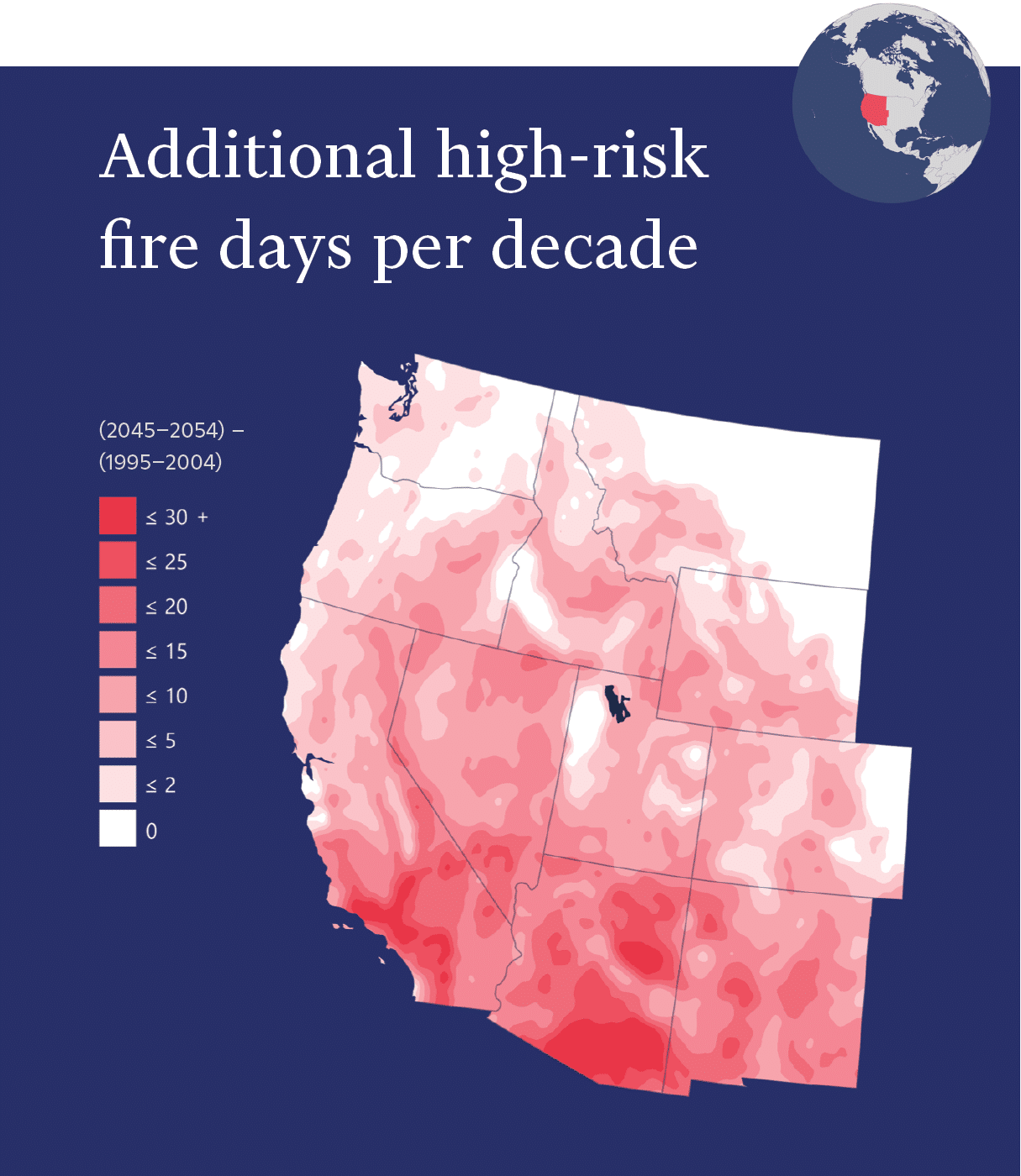
Figure 1: In the western U.S., the fire season is getting longer and the extreme fire weather is becoming more common.
Data from Woodwell’s Risk Program
Map by Woodwell’s Carl Churchill
Climate change quick facts
- In 2020, the U.S. experienced 22 billion-dollar weather events, and the total costs came to $95 billion in damages. This is double the amount in damage in 2019. As climate change progresses, extreme weather events are expected to rise, increasing total damage costs.
- Climate change is altering species characteristics and their geographic distribution as well as ecosystem functioning and services, such as increasing invasive species.
- Some regions of the world warm faster than others. For example, the Arctic is warming 2x faster than the rest of the globe. By the end of this century, 40% of permafrost could thaw, which is concerning as permafrost stores 2x the amount of greenhouse gases as are in the atmosphere, or 167 years worth of current CO2 emissions.
- Acccording to climate projections, there is no realistic pathway to a stable climate without removing large amounts of carbon dioxide from the atmosphere. The only currently available strategy to do this at the necessary scale is with natural climate solutions, the management of natural systems like forests and soils.
- Forests sequester about 2.4 billion metric tons of carbon per year, roughly 1/4 of all carbon emitted. The Amazon accounts for a 1/4 of that sequestration. However, with deforestation and climate change, the Amazon’s ability to sequester carbon is weakening. In 2019, the Amazon rainforest experienced a record number of fires: 72,843.
How to quantify the future climate?
The greatest uncertainty in climate modeling is human activity. Scientists created multiple pathways to serve as standards, so that research in the field of climate science would be comparable. Developed in 2005, Representative Concentration Pathways (RCPs) are different projections of carbon dioxide (CO2) concentrations. There are four scenarios: RCP2.6, RCP4.5, RCP6.0, and RCP8.5. The RCP scenarios are used in global climate models, and include historical greenhouse gas emissions until 2005, and projected emissions subsequently. RCP8.5 assumes the greatest fossil fuel use. Woodwell scientists argued in their recent publication in Proceedings of the National Academy of Sciences that RCP8.5 is the most realistic pathway for conducting assessments of climate change impacts by 2050, because it is in close agreement with historical emissions and near-term expectations. For the second-half of the century, projections of climate change depend strongly on total emissions over the next three decades and beyond, which will be determined by technology and policy.
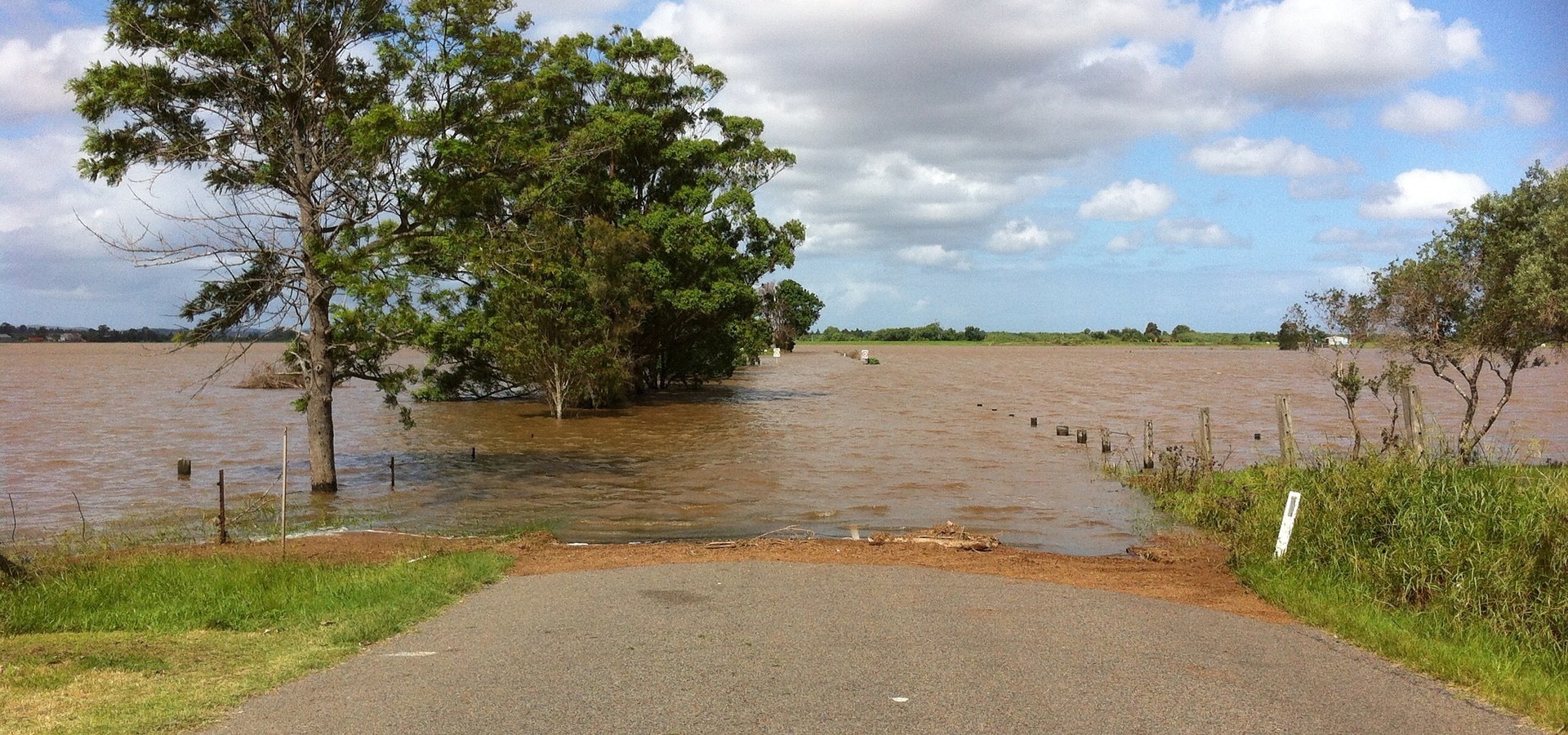
Climate science terms to know
GREENHOUSE GAS (GHG): Gases in the atmosphere that trap heat, such as carbon dioxide, methane, water vapor, nitrous oxide, and ozone. When fossil fuels are burned, more GHGs are emitted and more heat is trapped in our atmosphere.
MITIGATION: An action taken to slow, or lessen the severity of, climate change, such as utilizing renewable energy or planting trees to absorb CO2.
ADAPTATION: An action taken to adjust to the impacts of climate change, such as building sea wall to protect against sea level rise.
CARBON SEQUESTRATION: The capturing and storing of carbon; for example, forests sequester carbon through photosynthesis.
CARBON SINK & SOURCE: A carbon sink sequesters more carbon than it emits; examples include the Amazon forests and the ocean. A carbon source emits more carbon than it sequesters; examples include the burning of fossil fuels and wildfires.
TIPPING POINT: Events that will lead to irreversible impact from climate change, such as the melting of the Greenland ice sheet. These are thresholds that, once crossed, we cannot stop or reverse the effects.
CONFERENCE OF THE PARTIES (COP): Formal meetings of the United Nations Framework Convention on Climate Change (UNFCCC), where parties negotiate international agreements on climate change.
PARIS AGREEMENT: An international agreement of nonbinding pledges to reduce GHG emissions, signed by 197 countries in 2015, during COP21. World leaders pledged to keep the global temperature below 2°C (3.6°F). However, under current global policies, we are not on track.





